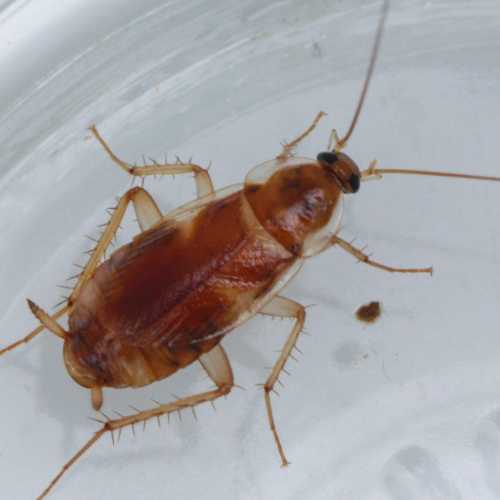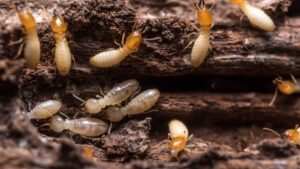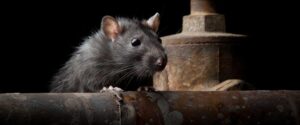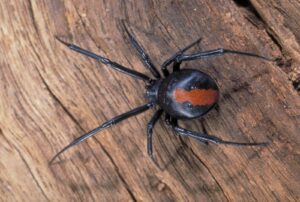Brown-Banded Cockroaches (Supella longipalpa)
Brown-Banded Cockroaches (Supella longipalpa) are a less common but still significant pest species found in homes and businesses throughout the Central Coast, NSW, Australia. These insects can be a nuisance and pose health risks and potential damage to properties. This comprehensive guide will provide you with essential information about Brown-Banded Cockroaches, including their identification, behavior, and effective prevention and control methods to help you protect your property and family from these unwelcome pests.
Identification and Characteristics:
- Size: Brown-Banded Cockroaches are relatively small, measuring 10-14.5 mm in length
- Color: Light brown with two distinct, lighter-colored bands across their wings and abdomen
- Physical Features: Oval-shaped body, six legs, and long, slender antennae; wings are functional, but they are not strong fliers
Behavior and Habitat:
Brown-Banded Cockroaches prefer warm, dry environments and are more likely to be found in higher locations within homes and businesses, such as upper cabinets, shelves, and ceilings. They can also be found in furniture, appliances, and electronics, making them particularly challenging to control.
These omnivorous pests have a diverse diet and will consume a wide range of organic materials, including crumbs, food spills, pet food, and even paper, cardboard, and glue.
Health Risks and Property Damage:
Brown-Banded Cockroaches pose several health risks to humans due to the diseases and pathogens they can carry. Some of the health concerns associated with these pests include:
- Foodborne Illnesses: Brown-Banded Cockroaches can contaminate food and food preparation surfaces with bacteria, such as Salmonella and E. coli, leading to food poisoning and other gastrointestinal illnesses.
- Allergies and Asthma: Their feces, saliva, and shed skin can trigger allergic reactions and asthma attacks, especially in sensitive individuals or those with pre-existing respiratory conditions.
- Disease Transmission: These pests can transmit various diseases, such as typhoid fever, dysentery, and cholera, through contact with contaminated surfaces or ingestion of contaminated food.
In addition to health risks, Brown-Banded Cockroaches can cause property damage by staining surfaces with their feces and regurgitated food. They can also cause foul odors due to the aggregation pheromones they release, which can permeate the air and be difficult to eliminate.
Prevention and Control Methods:
Preventing a Brown-Banded Cockroach infestation is crucial to protect your property and family from the associated health risks and property damage. Here are some effective prevention and control methods to consider:
- Sanitation: Maintain a clean and clutter-free environment to limit food and hiding spots for cockroaches. Regularly clean up spills and crumbs, store food in sealed containers, and dispose of garbage promptly. Don’t leave dirty dishes in the sink overnight and regularly clean under and behind appliances.
- Exclusion: Seal potential entry points, such as cracks, crevices, and gaps around doors, windows, and pipes. Use weatherstripping, caulk, or expandable foam to seal gaps and prevent cockroach entry.
- Monitoring: Use sticky traps or glue boards to monitor the presence of Brown-Banded Cockroaches in your property. Place traps near potential hiding spots and inspect them regularly to identify any infestation early on.
- Chemical Treatments: Insecticides, such as sprays, dusts, and baits, can be used to control Brown-Banded Cockroach infestations. Be sure to follow the manufacturer’s instructions and consider consulting a professional pest control expert when using chemicals. Place bait stations near hiding spots and areas where you have noticed cockroach activity. Remember to keep these chemicals out of reach of children and pets.
- Integrated Pest Management (IPM): Implement an IPM approach that combines sanitation, exclusion, monitoring, and targeted chemical treatments to effectively control Brown-Banded Cockroach infestations. This approach minimizes the use of chemicals while maximizing their effectiveness and reducing the likelihood of pesticide resistance.
- Professional Pest Control: If you are facing a severe Brown-Banded Cockroach infestation or if DIY methods have proven unsuccessful, it may be time to consult a professional pest control expert. They can assess your property, identify the source of the infestation, and implement a customized treatment plan to effectively eliminate the cockroaches and prevent future infestations.
Conclusion:
Brown-Banded Cockroaches are a less common but still significant pest in the Central Coast, NSW, Australia, that can pose health risks to humans and cause property damage. By understanding their identification, behavior, and habitat preferences, you can take the necessary steps to prevent and control infestations. Implementing proper sanitation, exclusion, and monitoring practices can help you keep your property safe and cockroach-free.
If you are struggling with a Brown-Banded Cockroach infestation, consider seeking professional assistance from a qualified pest control expert. They can provide you with the most effective solutions to rid your property of these unwelcome pests and help you maintain a safe and healthy living environment for you and your family.
Remember, prevention is always better than cure. By staying vigilant and taking timely action, you can protect your home and loved ones from the adverse effects of a Brown-Banded Cockroach infestation in the Central Coast, NSW, Australia.







